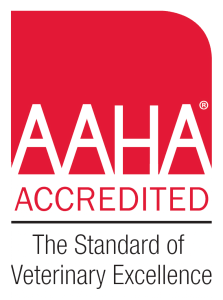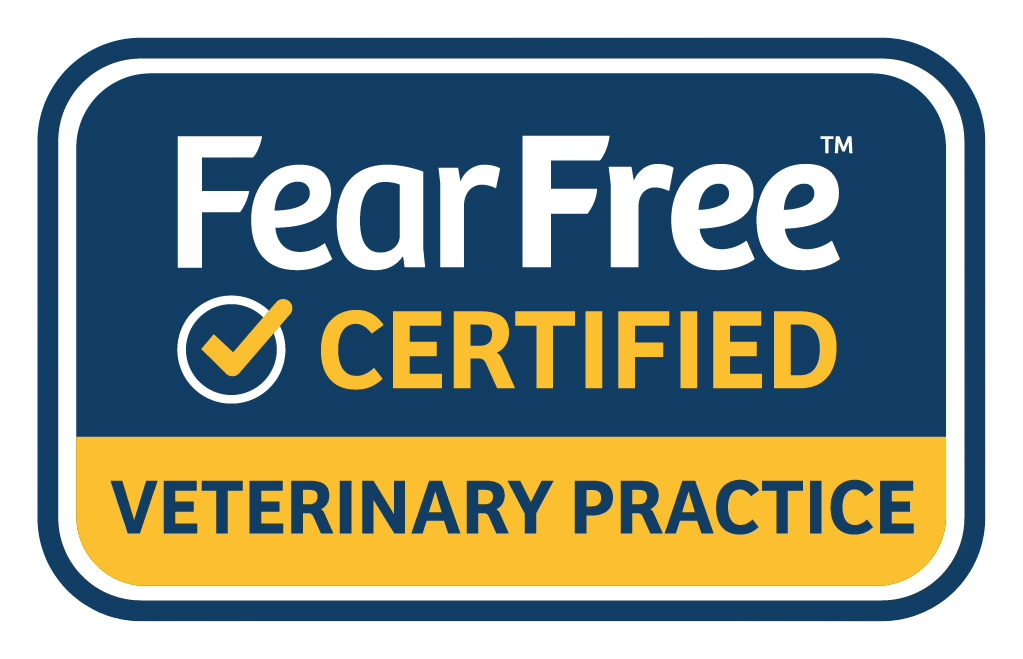What's a good hygiene regimen for a dog?
A good hygiene regimen for a dog ideally involves checking their nail care, bottoms, and potty areas at least once a week to ensure they are clean and free of debris. Additionally, examining and perhaps even smelling their ears can help identify any health needs they may have.
Dr. Noël Lucas
Blue Oasis Pet Hospital
Does keeping my dog clean contribute to good health?
Absolutely, keeping your dog clean contributes to good health in multiple ways. Keeping their skin clean can prevent allergy flares, reduce the risk of infection, and keep their bottoms from becoming itchy. Maintaining clean hair and eyes can also prevent irritation around the eyes. Proper hygiene is crucial for your dog's health.
Is brushing my dog's teeth important to overall hygiene?
Brushing your dog's teeth is indeed important to overall hygiene. Ideally, all dogs should have their teeth brushed daily. Good dental health is part of overall health, so keeping your pet's teeth clean contributes to their overall well-being.
How do I find the right bathing products and how do I clean their paws?
To find the right bathing products, consider your personal preferences in terms of smell and goals, just like when choosing your own shampoo. However, avoid using human shampoos or baby shampoo on your dogs. If you need guidance, ask your veterinarian for specific recommendations. To clean your dog's paws, use unscented baby wipes, especially after they've been outside.
Why is it important to clean my dog's bed, bowls, collars, leashes, and toys?
It's important to clean these items because they can harbor bacteria and contribute to infections. Dog bowls, in particular, should be washed daily or placed in a dishwasher to prevent the buildup of bacteria and infectious diseases.
What are some signs and symptoms to look for when identifying disease and poor hygiene in a dog?
Signs of poor hygiene in a dog may include matted fur, hair loss, itching, and chewing at their hair coat. Dogs with poor hygiene might also over-groom or chew at their feet. Heavily matted ears can hide parasites like fleas and ticks, as well as infections.
How can my vet help me with dog hygiene issues?
Your vet can help by performing a thorough physical exam, identifying any matting, and providing recommendations for groomers if necessary. Overall, maintaining good hygiene is a fundamental aspect of proper dog care. If you have specific questions about your dog's grooming or hygiene, reach out to your veterinarian or, if you're in the area, Blue Oasis Pet Hospital.
If you still have other questions and you'd like to reach out to us, you can call us directly at (615) 975-2583 , or you can email us at [email protected]. But please do reach out, and we'll get back to you as fast as we can. Don't forget to follow us on social media https://www.facebook.com/BlueOasisPetHospital/, https://www.instagram.com/blueoasispet/
Dog Bathing & Hygiene - FAQs
Dr. Noël Lucas
Blue Oasis Pet Hospital
How often should I bathe my dog?
Bathing your dog depends on their lifestyle and how often they get dirty or stinky. Some dogs visit groomers every four to six weeks, while others with more outdoorsy lifestyles may need a bath once a week. Some dogs may only need baths two to four times a year, depending on how dirty they get and their lifestyle.
What's the best way to safely bathe my dog at home?
To bathe your dog at home, put a non-stick or non-skid surface in the bottom of your tub, such as a towel, to make your pet feel secure and prevent slipping. You can use cups of water or a walk-in shower for larger dogs. Some pet owners bathe their dogs in the shower with them. To keep your dog focused and rewarded during the bath, you can put some peanut butter or squeeze cheese along the wall of the shower or bathtub.
What kind of shampoo or conditioner can I use on my dog?
Use general dog bathing shampoos and conditioners made specifically for dogs. Avoid using human shampoos or baby shampoos as they are not pH balanced for dogs. You can find a variety of good shampoos and conditioners at pet stores or online.
Are there any products that help my dog with itching?
Yes, there are various products on the market for itching. A good bath can reduce itching by removing allergens, bacteria, and yeast from your dog's skin. Medicated shampoos containing hydrocortisone can help reduce itchiness. There are also spray products with hydrocortisone available over the counter.
How do I get my dog used to taking a bath?
Start bathing your dog when they're young to help them become more accepting of baths as they grow. Use food rewards and keep sessions short in the beginning. Gradually, your dog will become more and more accepting of baths over time. If you have any questions about dog grooming or hygiene, contact your veterinarian or a local pet hospital.
If you still have other questions and you'd like to reach out to us, you can call us directly at (615) 975-2583 , or you can email us at [email protected]. But please do reach out, and we'll get back to you as fast as we can. Don't forget to follow us on social media https://www.facebook.com/BlueOasisPetHospital/, https://www.instagram.com/blueoasispet/
Dog Bathing & Hygiene - FAQs 2
Dr. Noël Lucas
Blue Oasis Pet Hospital
How often should I brush my dog's teeth?
Ideally, you should brush your dog's teeth once or twice a day, just like you would with your own teeth. Dogs have teeth similar to ours and need regular care to maintain their oral health. Daily tooth brushing is the best way to achieve this.
How do I brush my dog's teeth?
Starting when your dog is young is the best approach. Choose a toothbrush designed for dogs or a small children's toothbrush, and use a pet toothpaste without fluoride, as it can be toxic if swallowed. Focus on brushing the outside surfaces of your dog's teeth and be prepared for some licking during the process, which is normal. Begin with short sessions and gradually increase the duration as your dog becomes more comfortable.
What is a sanitary haircut and why would my dog need it?
A sanitary haircut involves removing excess hair around a dog's bottom (anus) and, for female dogs, around the vulva. This helps keep these areas clean and prevents matting or soiling of the hair.
How do you get them used to grooming and nail trimming?
Starting early in your dog's life is always best, but if you adopt an older dog, you can still train them to accept grooming and nail trimming by keeping sessions short and using food rewards. Gradually introduce your dog to having their feet lifted, and consider having an assistant help during the process. Over time, this will build trust and make grooming easier.
What does it mean when a dog scoots on its butt across the floor?
When a dog scoots on its butt, it usually means they have an itchy bottom. The cause could be as simple as a dirty bottom or something more complex like allergies or issues with their anal sacs. If you're concerned about your dog's scooting behavior, consult your veterinarian for advice and potential treatment options.
If you have any questions about your dog's hygiene or tooth brushing, we recommend reaching out to your veterinarian or contacting Blue Oasis Pet Hospital if you're in the area.
If you still have other questions and you'd like to reach out to us, you can call us directly at (615) 975-2583 , or you can email us at [email protected]. But please do reach out, and we'll get back to you as fast as we can. Don't forget to follow us on social media https://www.facebook.com/BlueOasisPetHospital/, https://www.instagram.com/blueoasispet/


